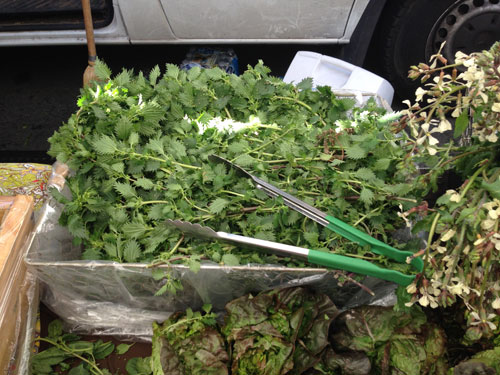 Nettles, once cooked, they can be handled and used as you would spinach – scramble with eggs or use in quiche or frittatas, add them to Greek spanakopita fillings, ravioli filling, risotto, soups, stir-frys, puree them for nettle pasta dough, top pizzas, make creamed nettles, or simply sauté them with extra virgin olive oil, garlic, and a squeeze of lemon (just like spinach!).
Nettles, once cooked, they can be handled and used as you would spinach – scramble with eggs or use in quiche or frittatas, add them to Greek spanakopita fillings, ravioli filling, risotto, soups, stir-frys, puree them for nettle pasta dough, top pizzas, make creamed nettles, or simply sauté them with extra virgin olive oil, garlic, and a squeeze of lemon (just like spinach!).
To soften the stingers, and render them harmless, cook them as such:
Bring a pot of water to a boil. Tip the contents of your bag of nettles into the pot, or use tongs to lift them into the pot. Push them down and stir them around a bit with a wooden spoon or tongs. Let them boil, and, after a minute, the stingers will have softened so that the nettles can be handled. Within 2-3 minutes, the nettles will be fully cooked. Lift them out with a spider or strainer and either refresh them under cold water, or spread them out on a baking sheet to cool. Once cool, they can be squeezed of excess water if desired (a good idea if you are adding them to eggs), or chopped to add to soups. If the stem is tender, you can chop the vegetable in its entirety and use the whole thing. If the stem is woody, just pluck the leaves from the stem and discard the stem (much easier than donning gloves and plucking the leaves from the raw stem).
Note that the nettles are lifted from the boiling water rather than pouring out the contents of the pot into a colander. This is so that you remove the floating nettles, and leave the sunken sediment (if any) behind in the pot. In preparing the nettles in this manner, you can avoid having to wash the raw nettles and risk a run-in with the stingers. Also note that I have never had anyone mention that the nettles retain any sediment, nor have I ever encountered it when eating nettles prepared in this manner. Occasionally, though, there will be a thin twig or pine needle that has to be removed.
I am often asked if nettles can be steamed rather than boiled. Yes, they can, but they should be washed first, because the sediment will not be washed away by the steam. Also, if you blanch or boil rather than steam, you have the advantage of getting a “2 for 1†with your vegetable purchase.
After par-boiling, you have a nutrient-dense leafy green (think nutrient content of spinach, times 10, with added trace minerals), plus the nutrient-dense cooking liquid. If you have salted the cooking water, you can use the resulting Nettle Broth as a rich vegetarian soup broth or for cooking rice and risotto. If you have kept your nettle boiling water unsalted, you will have a Spring Tonic of Nettle Tea to drink.
Both the nettles and the nettle cooking liquid freeze beautifully, and will keep the better part of a year. A tip: Don’t squeeze out the water from the cooked nettle leaves before freezing; the extra water will help to preserve their integrity in the freezer, and you can always squeeze them out when they have thawed.
Mushroom, Potato, & Nettle Soup
Don’t feel limited to the mushrooms listed – a great number of wild mushrooms will work just as well. This soup freezes quite nicely.
1/2 lb. young nettles
¼ C. good flavored olive oil, plus more for cooking the mushrooms
1 lb. potatoes, peeled, halved, and sliced ¼ inch thick
a pinch of chile flake
2 large garlic cloves, peeled and sliced
½ lb. shiitake mushrooms, sliced
½ lb. maitake mushrooms, chopped or pulled apart into petals
10 C. good quality meat, chicken, mushroom, or vegetable broth (you can include some of the nettle cooking liquid in the soup broth – it is rich and will add another layer of flavor to the soup)
sea salt & black pepper
Bring a pot of water to a boil. Season the water with salt. Carefully add the nettles and cook until the stingers have softened, about a minute. Drain the nettles and refresh them briefly under cold water until cool enough to handle. Pick the leaves from the larger, woodier stems (the tender young stems can be chopped and added to the soup). Set the nettles aside.
Heat the olive oil in a soup pot over a medium flame. Add the sliced potato and cook, stirring every so often, until the potatoes have started to take on some color (10-15 minutes). Add the chile flake and sliced garlic. Add another T. oil if the ingredients in the pot seem dry. Cook for 1 more minute. Break up the potatoes slightly with a potato masher or wooden spoon, then add the stock to the pot. Bring to a boil.
Meanwhile, sauté the mushrooms in additional oil. Add them to the soup. Season with salt and pepper. Simmer the soup for 20 minutes, then add the nettles. Warm through and serve.
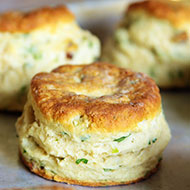
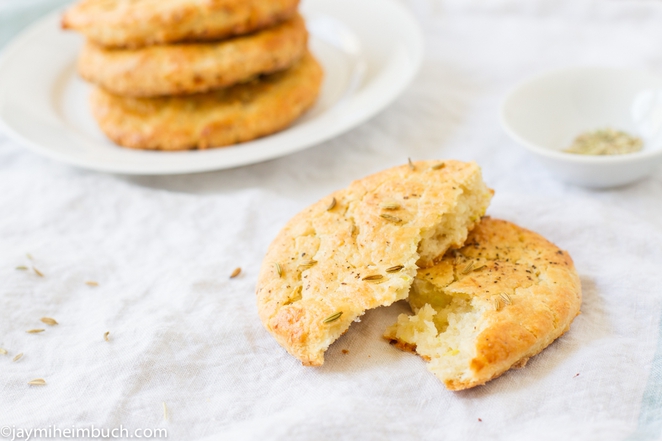
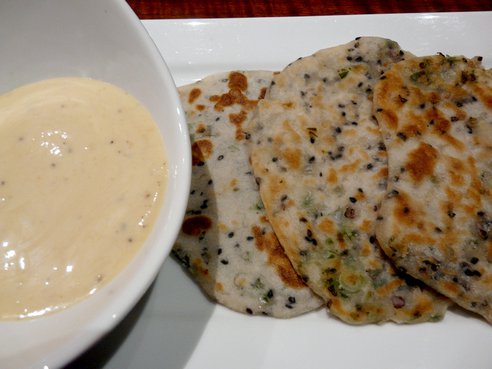
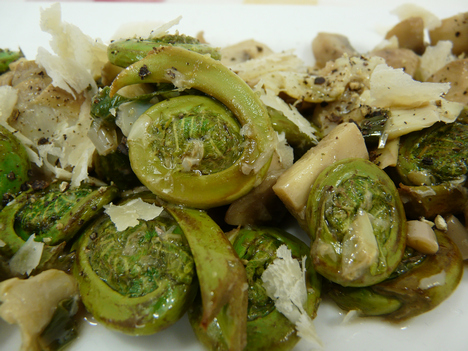

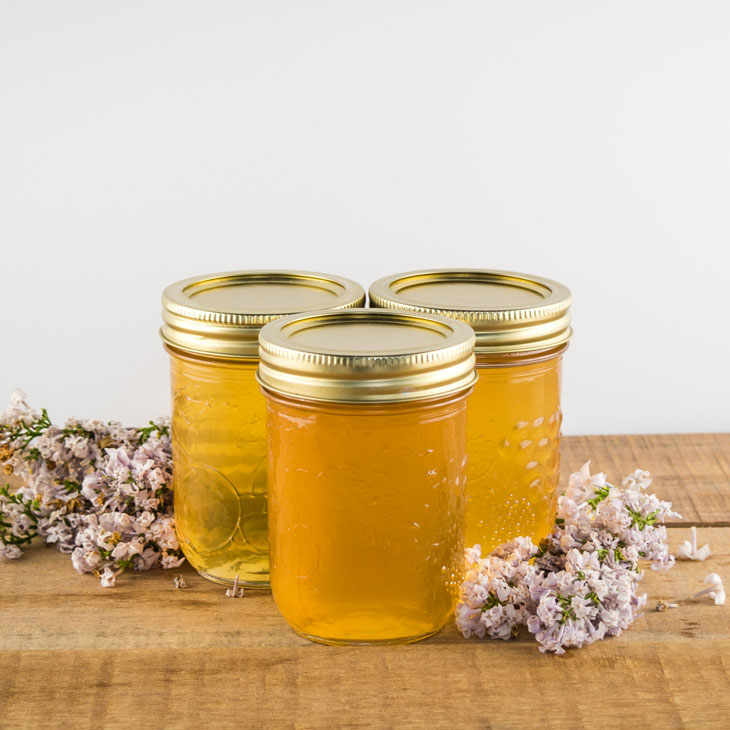
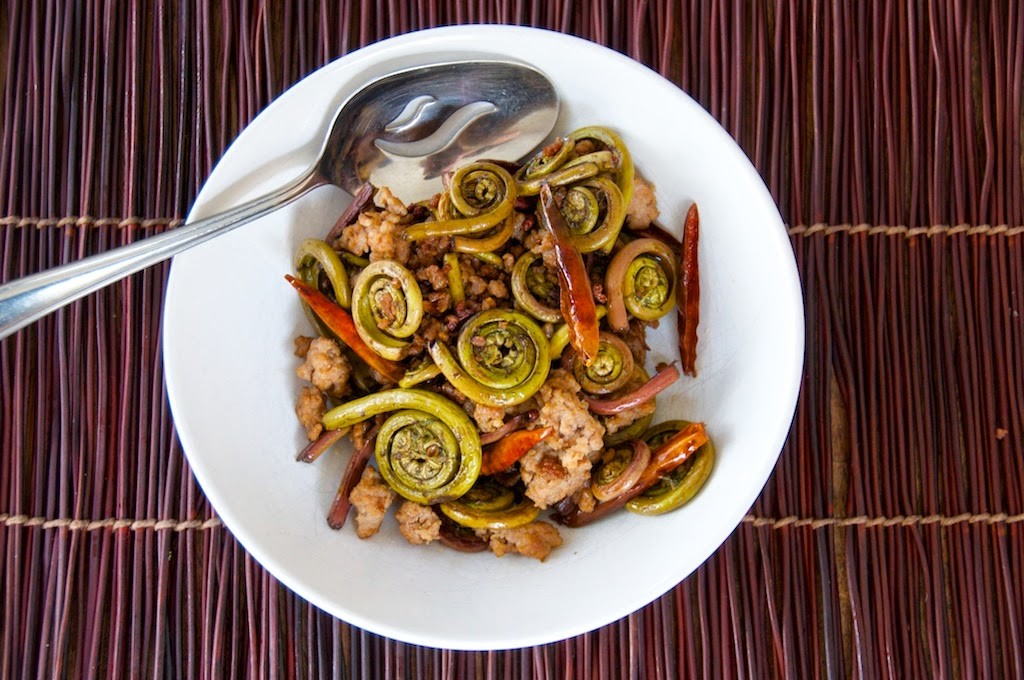 ichuan pickled fiddleheads
ichuan pickled fiddleheads 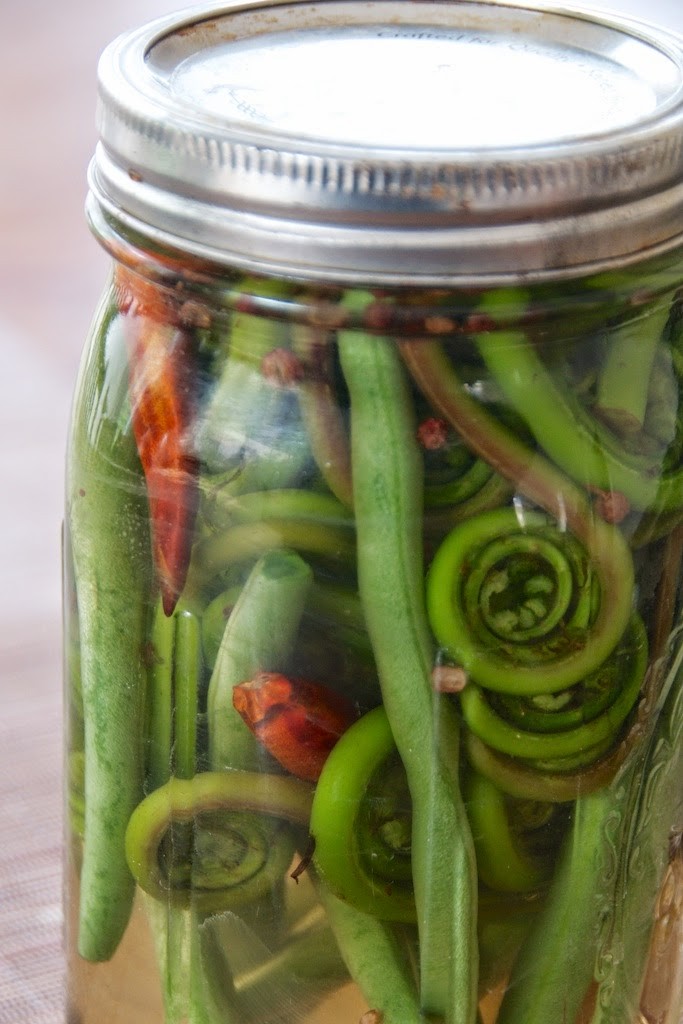


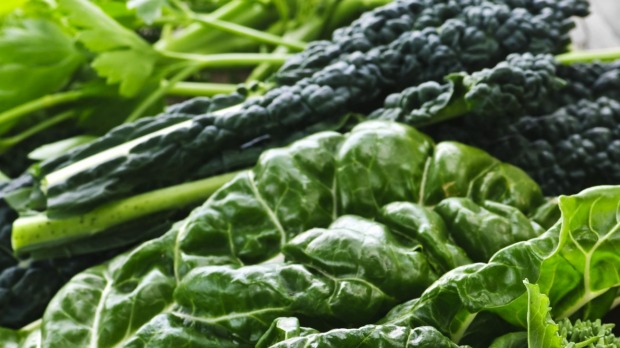
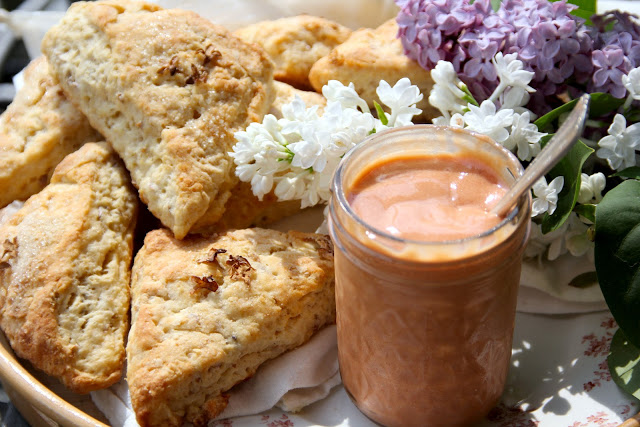
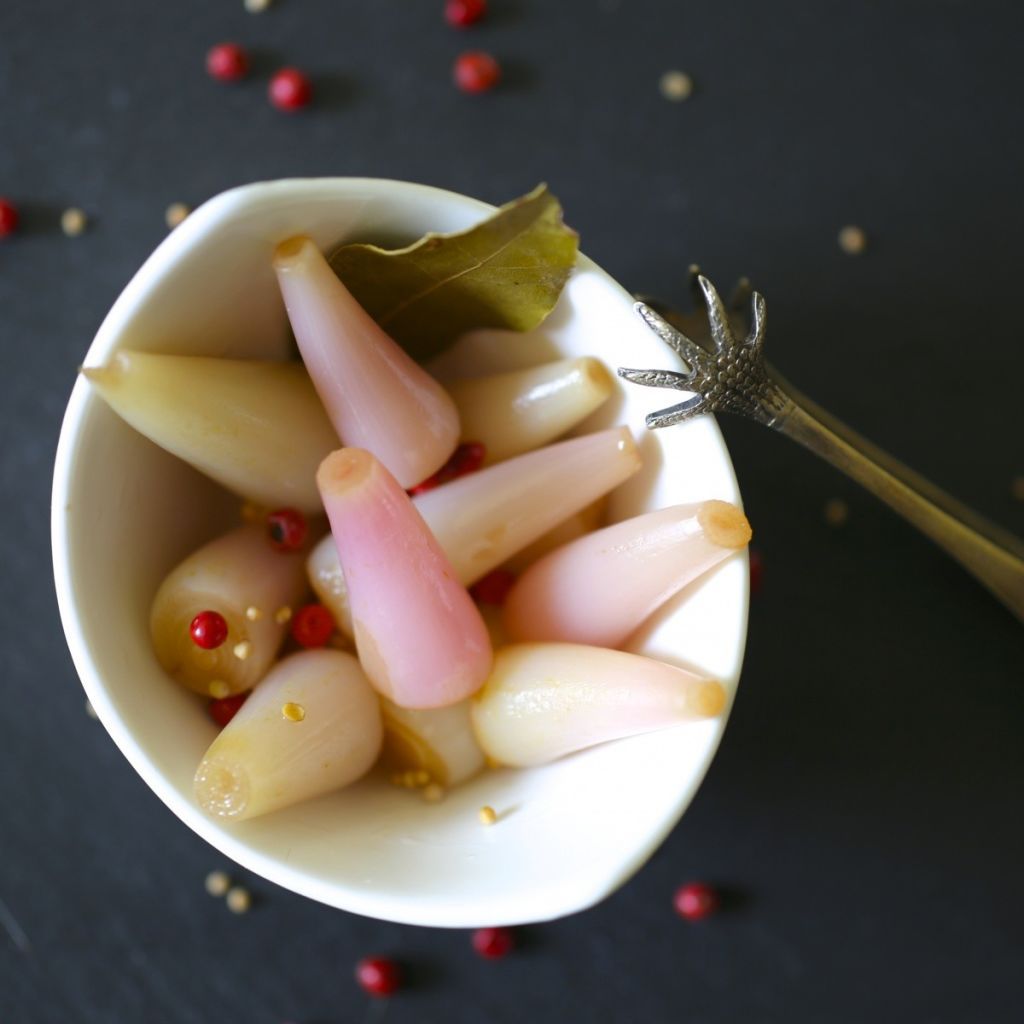
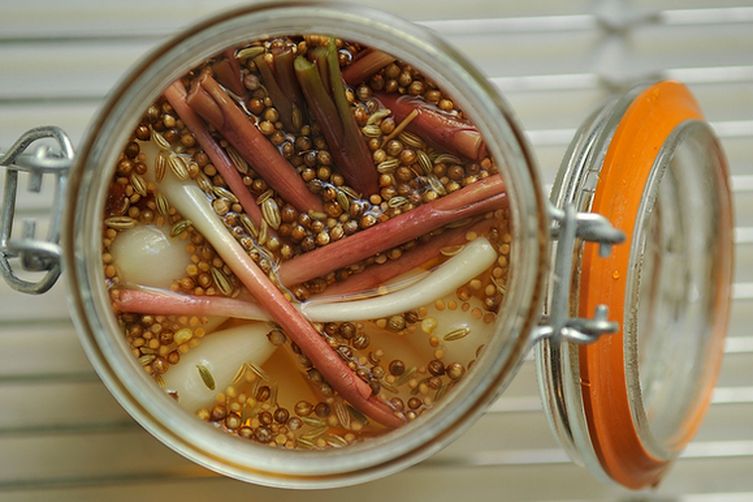
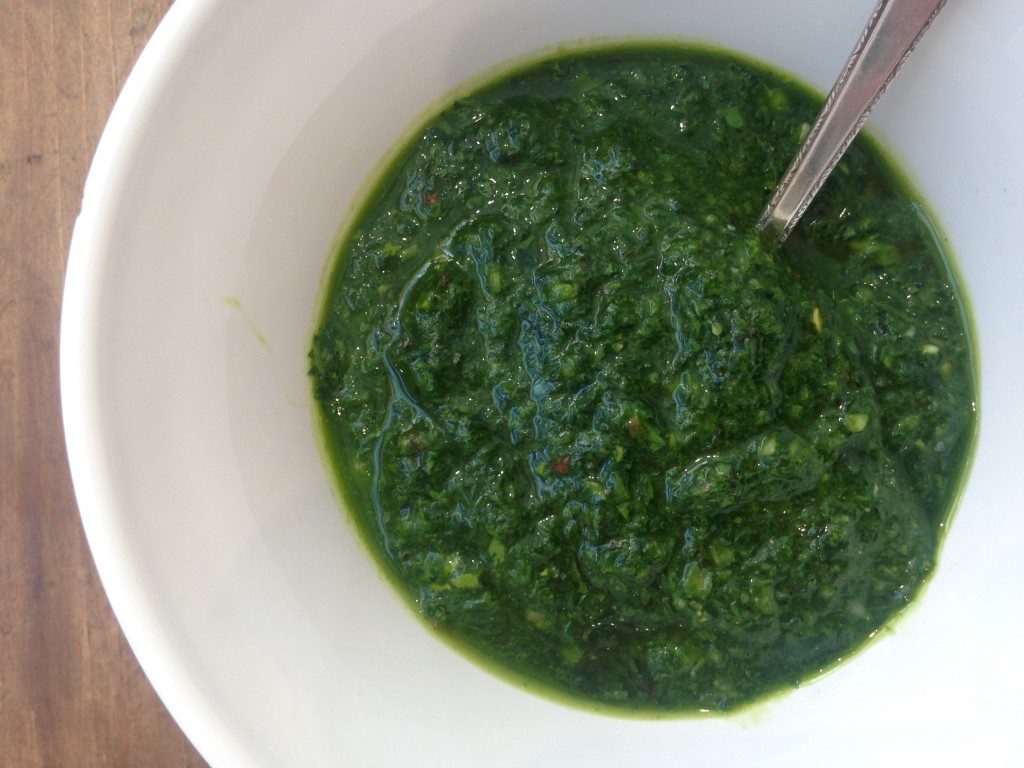

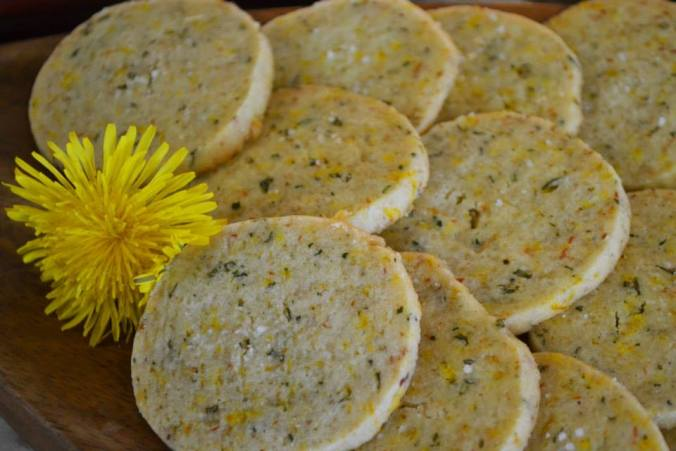
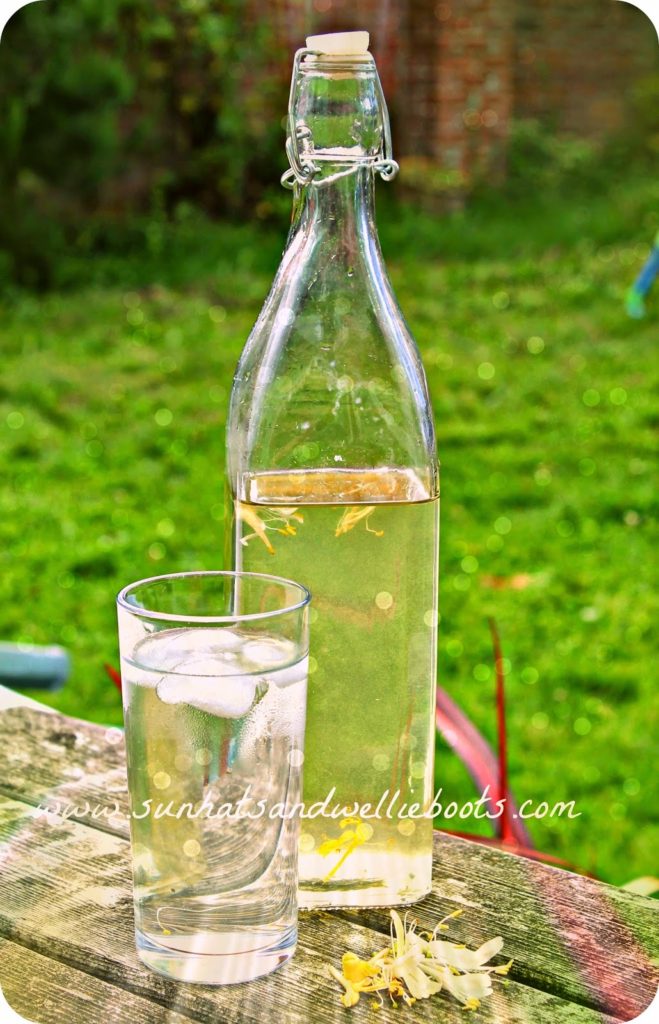

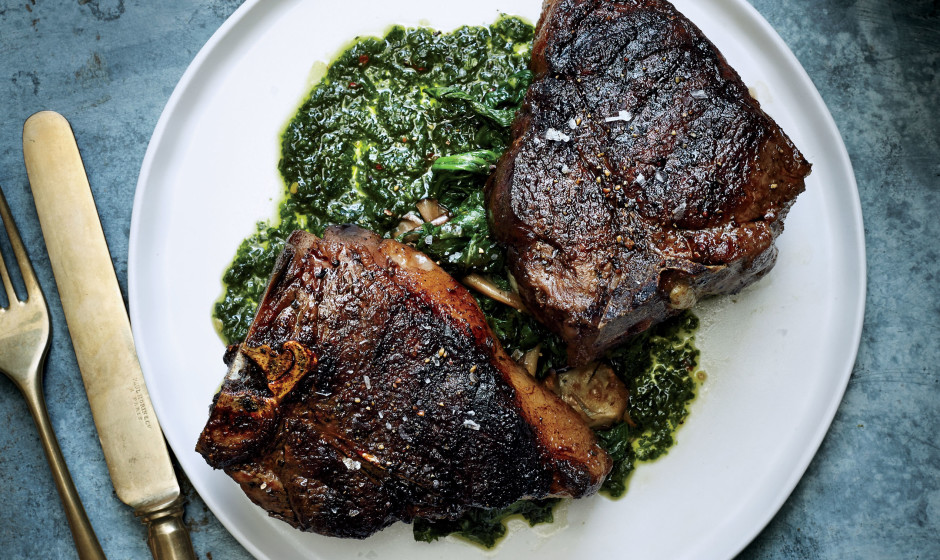
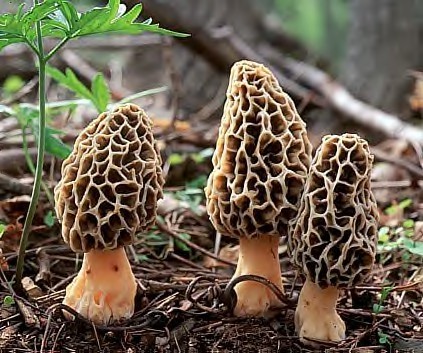
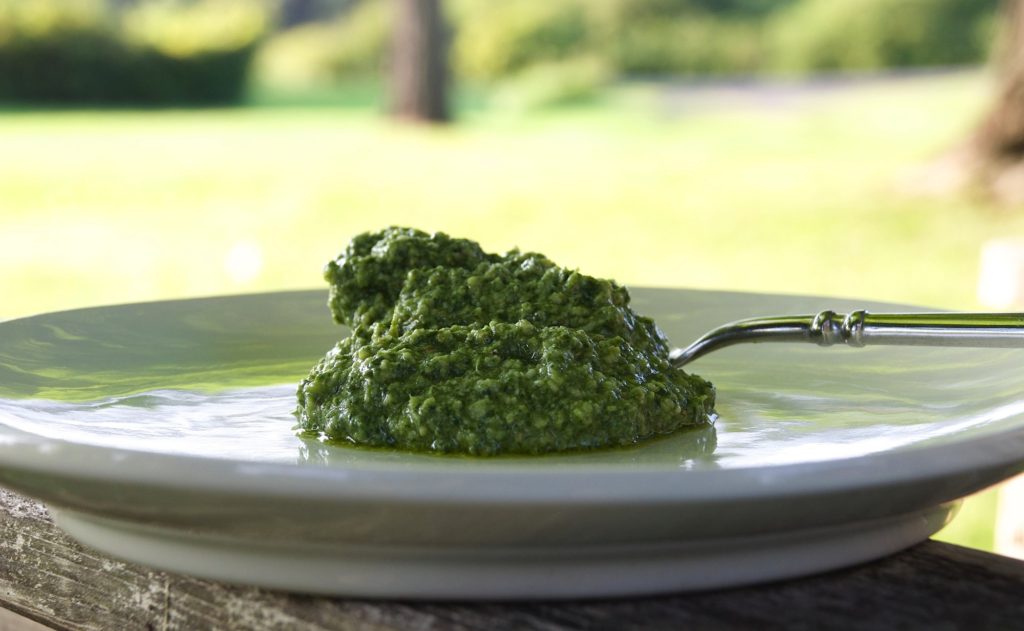
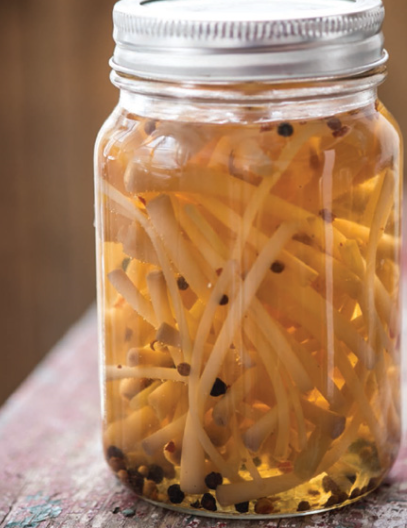
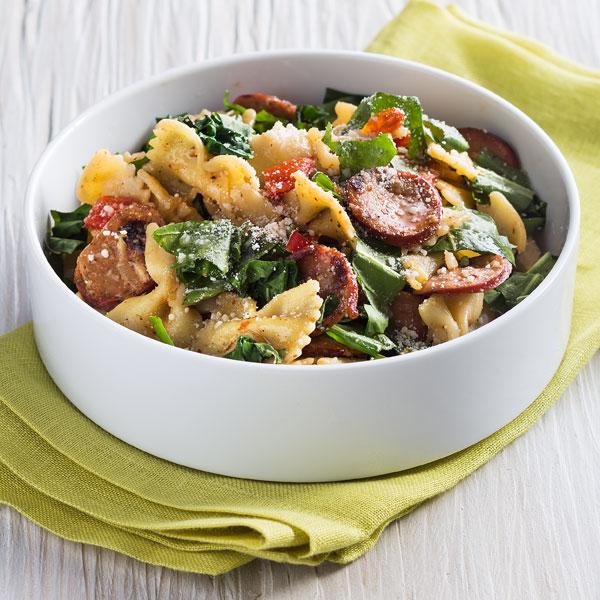
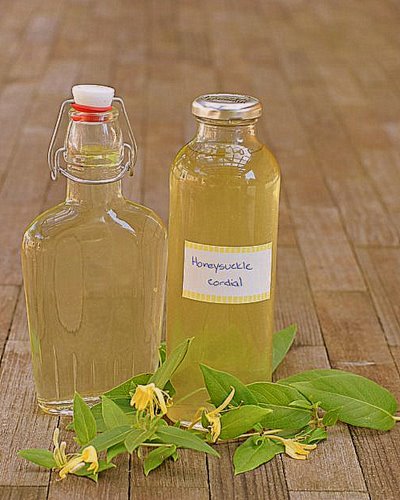

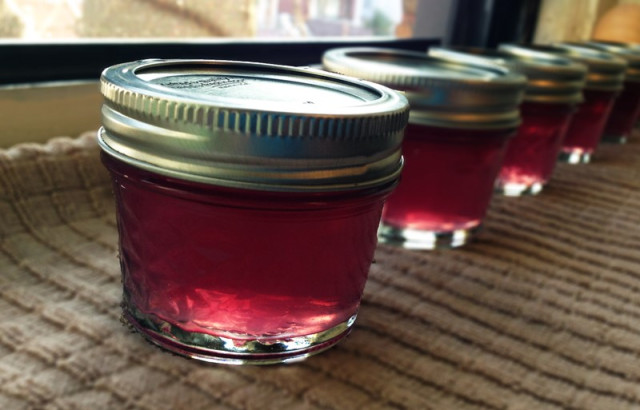
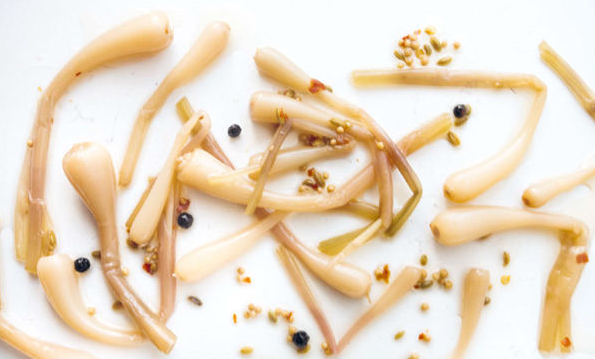
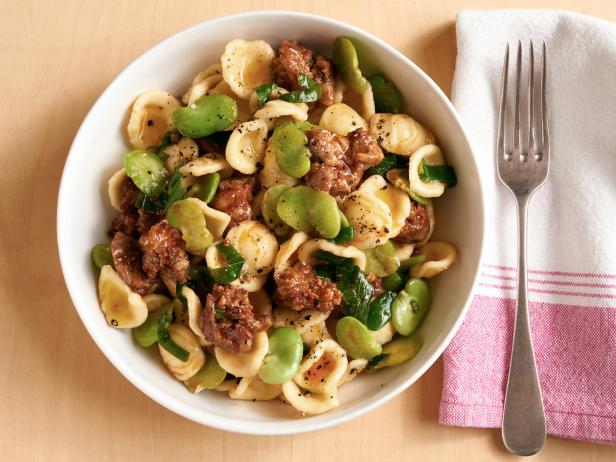

 Cattail Pollen Biscuits
Cattail Pollen Biscuits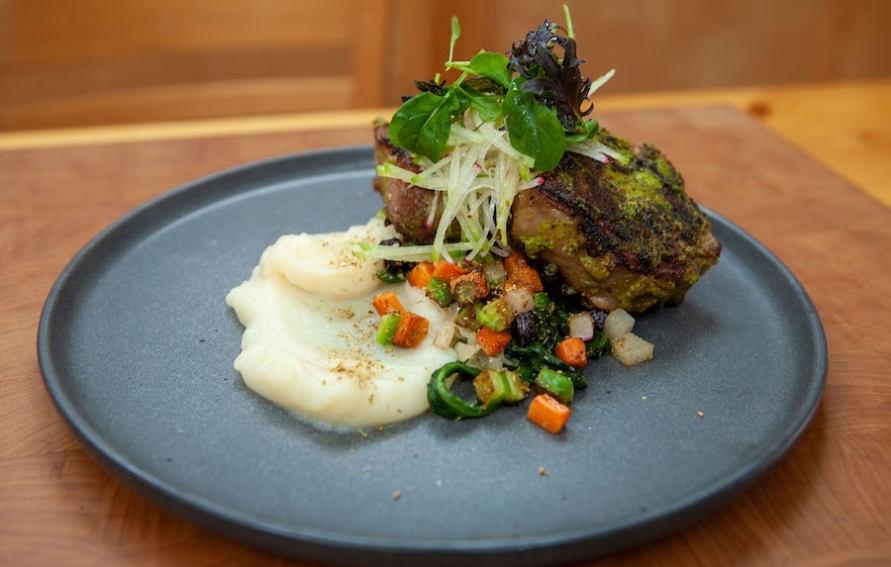 Ramp Greens, Mustard & Lemon Marinated Lamb Chops with Sunchoke Purée, Carrots and Radishes
Ramp Greens, Mustard & Lemon Marinated Lamb Chops with Sunchoke Purée, Carrots and Radishes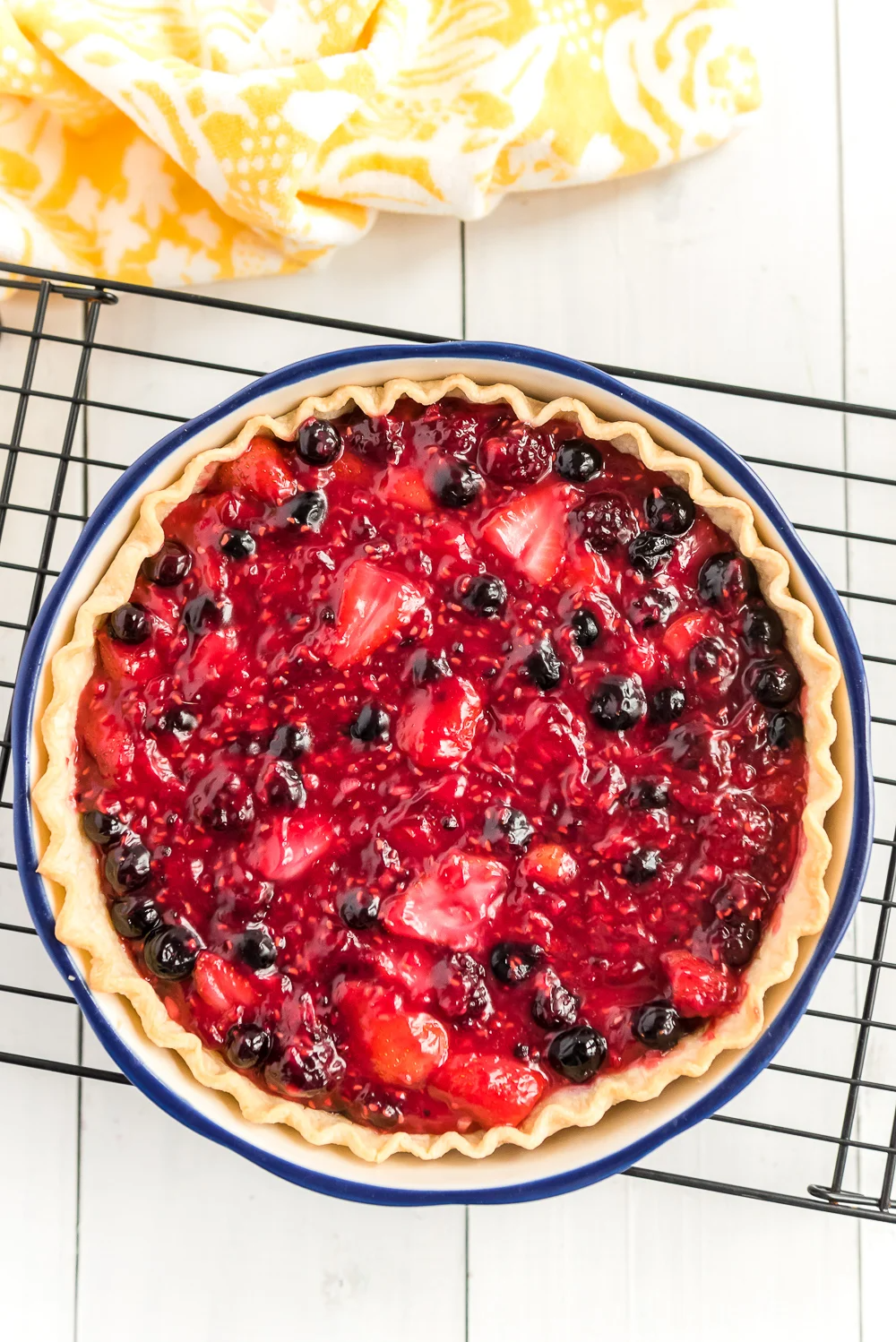 Fruits of the North Pie
Fruits of the North Pie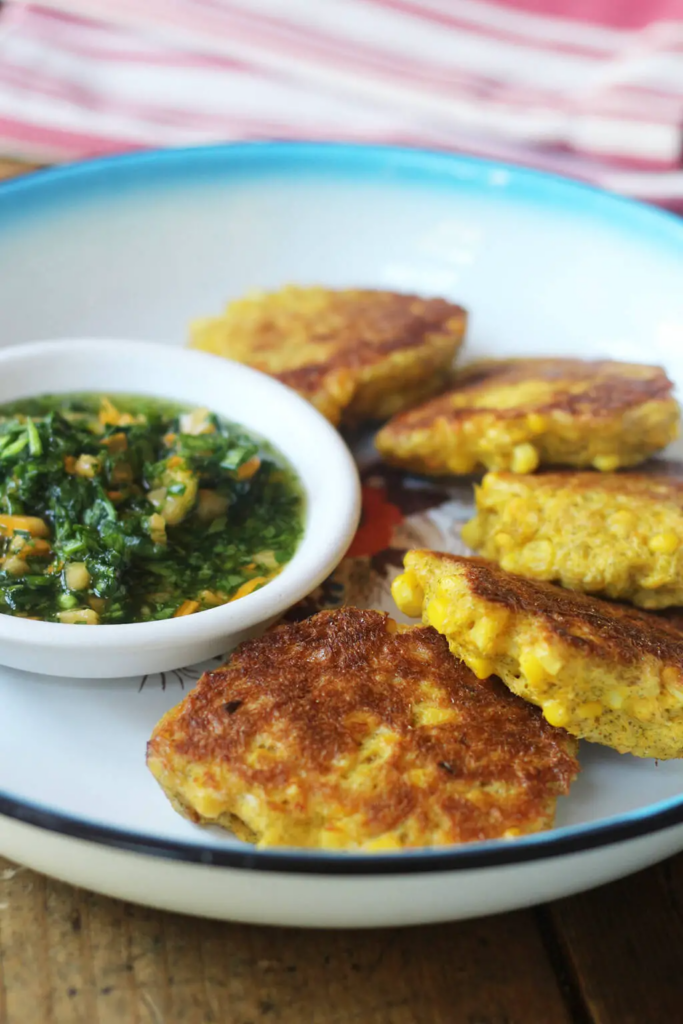 Cattail Griddlecakes
Cattail Griddlecakes Honeysuckle Flower Sorbet
Honeysuckle Flower Sorbet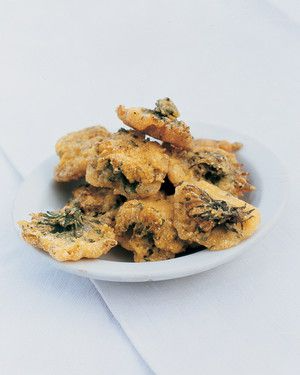 Foraged Flower Fritters
Foraged Flower Fritters Citrus, Beet and Miner’s Lettuce Salad
Citrus, Beet and Miner’s Lettuce Salad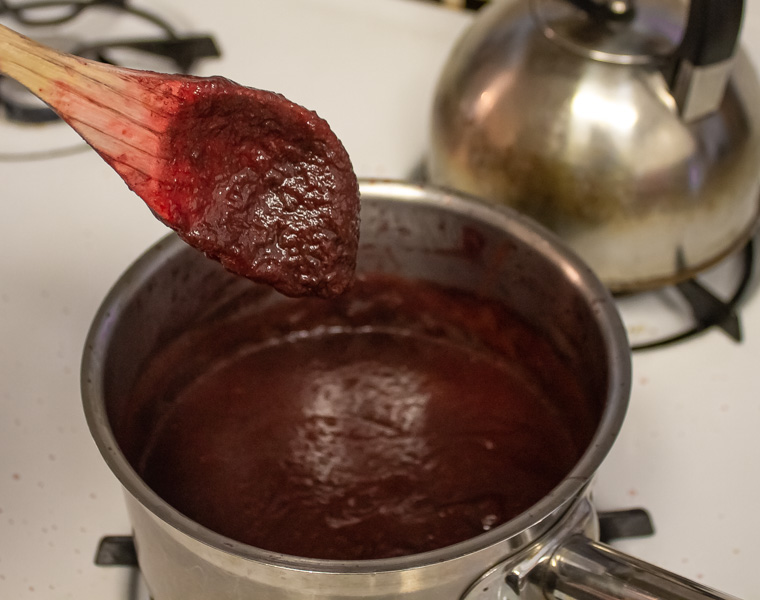 Blackberry, Blueberry and Salal Berry Ketchup
Blackberry, Blueberry and Salal Berry Ketchup Lemon-Buttermilk Pudding
Lemon-Buttermilk Pudding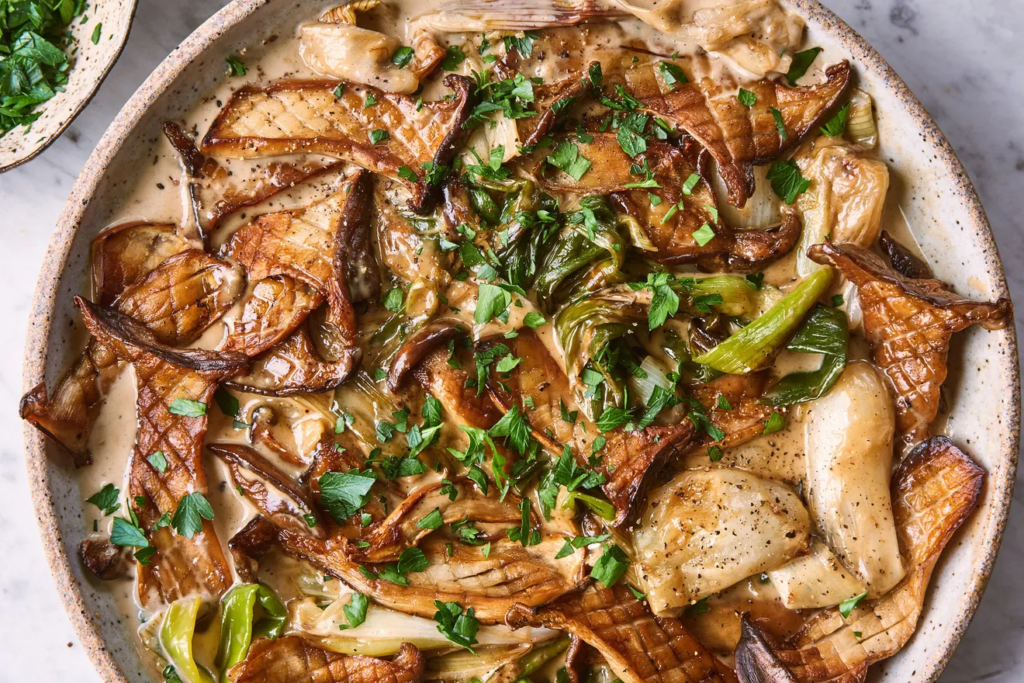 Creamed King Trumpet Mushrooms & Spring Onions
Creamed King Trumpet Mushrooms & Spring Onions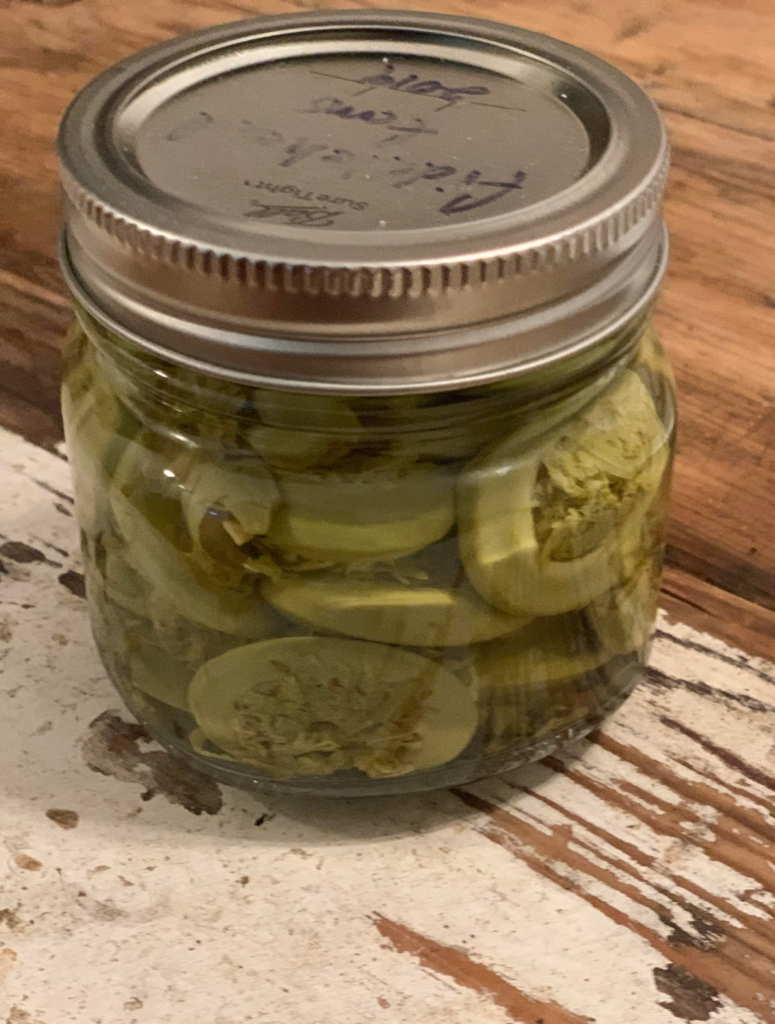 Pickled Fiddlehead Ferns
Pickled Fiddlehead Ferns